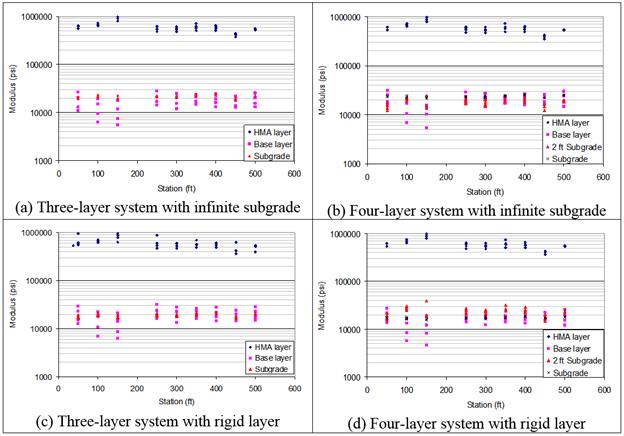
The mechanistic-empirical approach relates calculated pavement stresses to empirically derived failure conditions. The empirical approach uses the AASHO Road Test results to correlate measurable parameters (such as slab depth and PCC modulus of rupture) and derived indices (such as the load transfer coefficient and pavement serviceability index) to pavement performance. There are a variety of ways to calculate or at least account for these responses in design. Note that additional issues, notably load transfer stresses and deflections, must also be accounted for in design. As slabs get longer, wider and thinner, these responses, or a combination of them, will eventually exceed the slab’s capacity and cause failure in the form of slab cracking, joint widening or blowup. These three principal responses typically determine PCC slab geometry (typically described by slab thickness and joint design).

In addition to curling, environmental temperatures will cause PCC slabs to expand (when hot) and contract (when cool), which causes joint movement. Loads on a PCC slab will create both compressive and tensile stresses within the slab and any adjacent one (as long as load transfer efficiency is > 0). Since slab weight and contact with the base restrict its movement, stresses are created.

Differences in temperature between the top and bottom surfaces of a PCC slab will cause the slab to curl. Rigid pavements respond to loading in a variety of ways that affect performance (both initial and long-term).


 0 kommentar(er)
0 kommentar(er)
